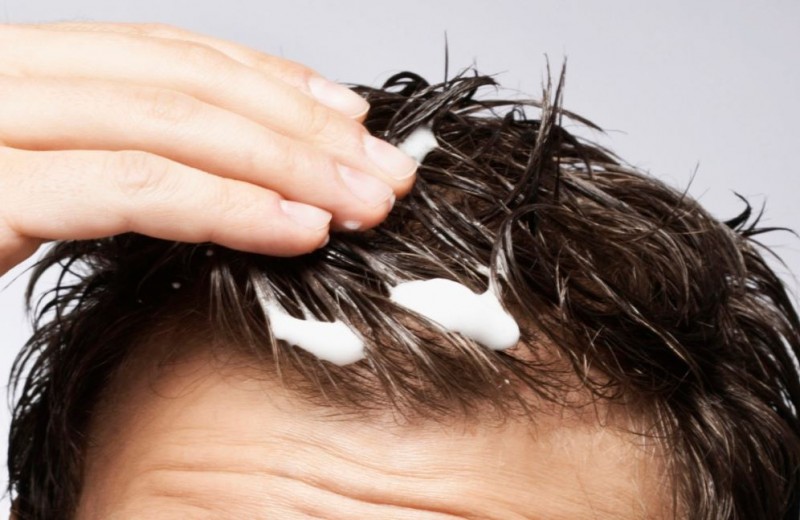
Hair gels have become a staple in many people's grooming (how to use gel in hair) routines, offering a quick and effective way to achieve desired hairstyles. Whether you're going for a sleek look or a casual tousled style, hair gels provide the necessary hold and texture. However, while these products can certainly enhance your appearance, it's important to be aware of (how to use gel in hair) potential side effects that may accompany their use. In this article, we'll discuss four side effects of hair gels that you should keep in mind to make informed choices about your hair care routine.
Scalp Irritation and Allergic Reactions:
One of the most common side effects of using hair gels is scalp irritation and allergic reactions. Many hair gels contain chemicals and synthetic ingredients that can cause redness, itching, and inflammation of the scalp. Some individuals may be particularly sensitive to these ingredients, leading to more severe allergic reactions that include swelling, hives, and even blistering. To avoid such side effects, it's crucial to read ingredient labels carefully and opt for hair gels with natural, hypoallergenic, or dermatologist-tested formulations.
Hair Dryness and Breakage:
Frequent use of hair gels can lead to hair dryness and breakage, especially if the product contains alcohol and other drying agents. These ingredients can strip the hair of its natural oils, leaving it brittle and prone to breakage. Over time, this can result in split ends and a noticeable decrease in hair quality. To mitigate this side effect, consider using hair gels sparingly and opting for alcohol-free or water-based formulations that are less likely to dehydrate your hair.
Clogged Hair Follicles:
Hair gels, particularly those with thick or sticky consistencies, can clog hair follicles and potentially lead to issues like dandruff and hair loss. When hair follicles are obstructed, they can become inflamed and hinder healthy hair growth. Proper hair hygiene, including regular shampooing and thorough cleansing of the scalp, can help prevent clogged follicles and maintain a healthy hair environment.
Buildup and Residue:
Using hair gels regularly without proper cleansing can lead to product buildup and residue accumulation on the scalp and hair. This buildup can make your hair appear dull, greasy, and weighed down. Furthermore, it may contribute to issues like fungal infections and scalp acne. To prevent this side effect, it's important to wash your hair thoroughly and use clarifying shampoos periodically to remove any buildup.
Hair gels can be valuable tools for achieving your (how to use gel in hair) desired hairstyle, but it's crucial to be aware of potential side effects that can arise from their use. Scalp irritation, hair dryness, clogged follicles, and product buildup are among the concerns you should consider when incorporating hair gels into your routine. To minimize these risks, choose products with gentle and natural ingredients, use hair gels in moderation, and prioritize proper hair and scalp care. As with any grooming product, maintaining a balanced approach and being attentive to your hair's needs will help you enjoy the benefits of hair gels while minimizing the associated side effects.
How to Harness the Surprising Benefits of Rice Water for Women
The Amla Elixir: Exploring the Multifaceted Benefits of Amla Juice
What is avascular necrosis? Know its symptoms, treatment, and prevention from experts